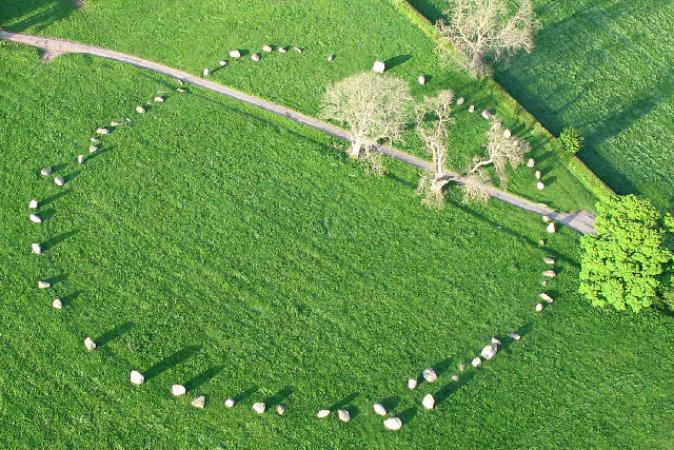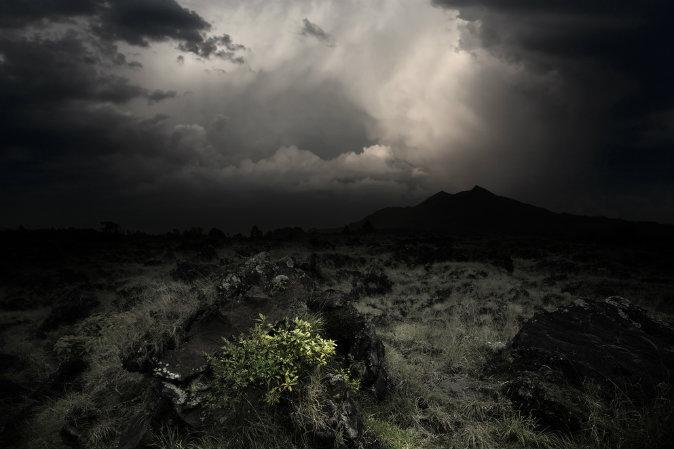The Fuenta Magna is a large stone vessel, resembling a libation bowl, that was found in 1958 near Lake Titicaca in Bolivia. It features beautifully engraved anthropomorphic characters, zoological motifs characteristic of the local culture, and, more surprisingly, two types of scripts—a proto-Sumerian ancient alphabet and a local language of the ancient Pukara, forerunner of the Tiahuanaco civilization. Often referred to as “the Rosetta Stone of the Americas,” the stone vessel is one of the most controversial artifacts in South America as it raises questions about whether there may have been a connection between the Sumerians and the ancient inhabitants of the Andes, located thousands of miles away.

The Fuente Magna Bowl was found near the world-renowned Titicaca Lake in Bolivia. Shutterstock




